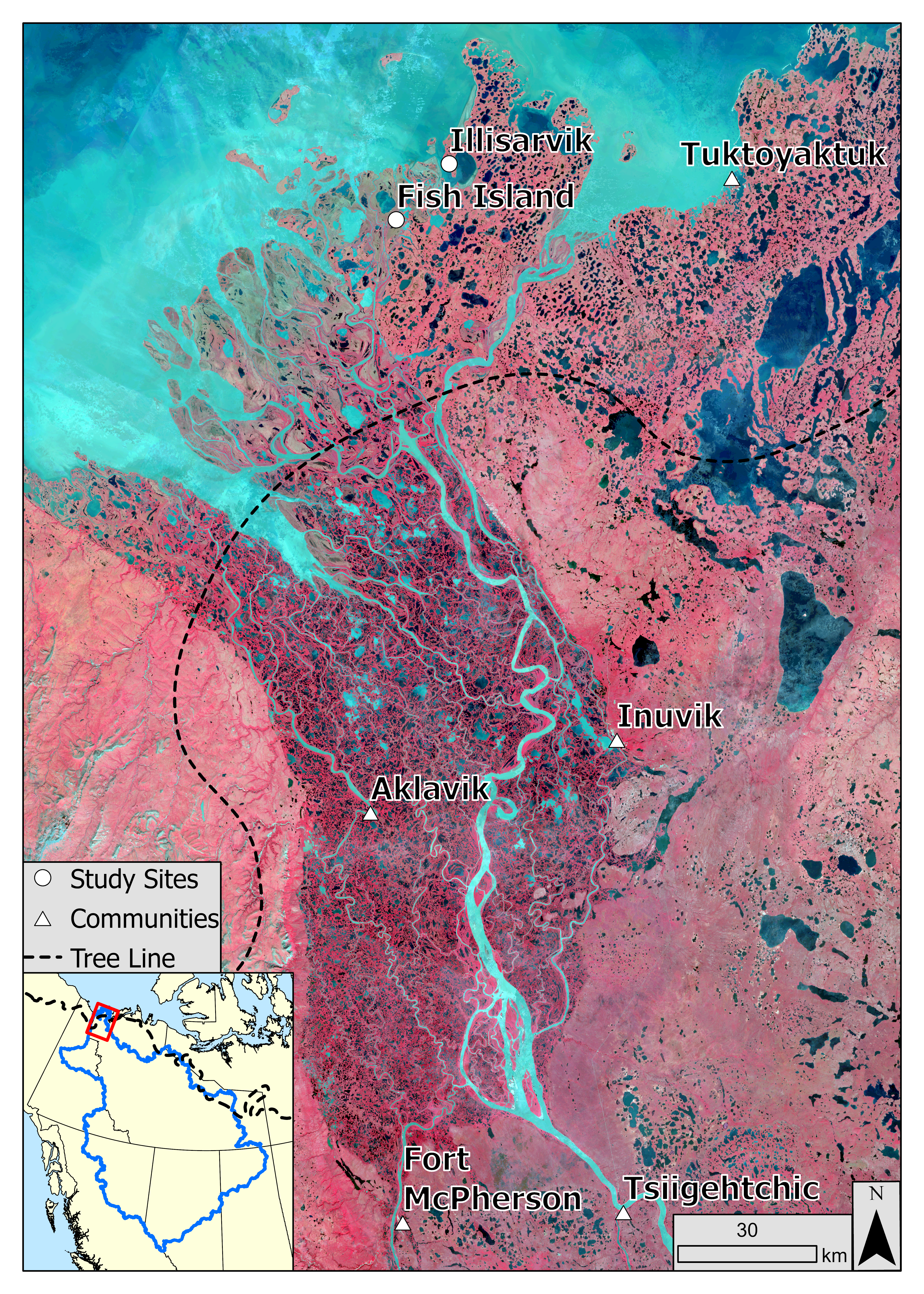First Law of Geography
"Everything is related to everything else, but near things are more related than distant things."
-Waldo Tobler
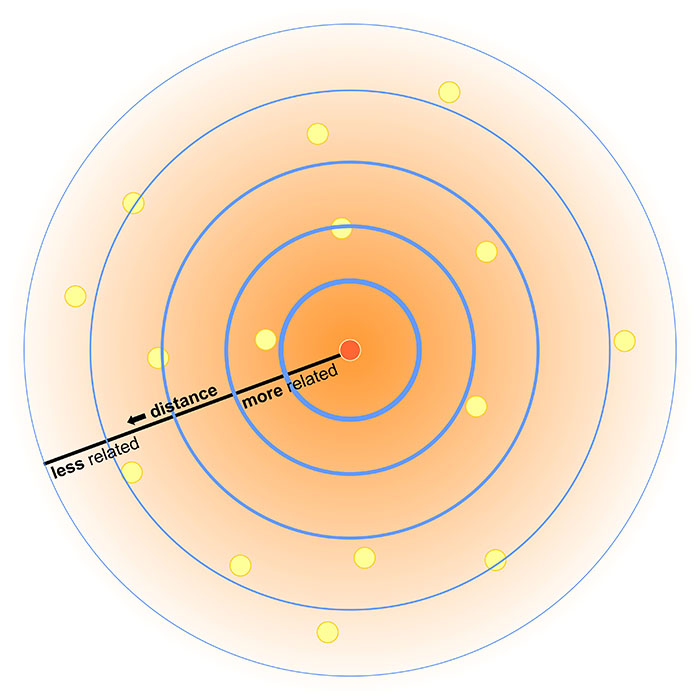
First Law of Geography
This might seem obvious:
- Students in the same class interact more.
- Orca pods in different areas develop different dialects.
- Hemlocks in BC are more related to each other than to hemlocks in NB.

First Law of Geography
Not a grantee of similarity.
- Vancouver's average snowfall is < 30 cm/yr
- Grouse Mountain frequently exceeds 9 m/yr.

Spatial Heterogeneity
Uneven distribution across space.
Bonini's paradox
As a model of a complex system becomes more complete, it becomes less understandable.
- It will eventually be just as difficult to understand as the real-world processes it represents.
- e.g. a 1:1 scale map
- At a certain point, we have to ignore the heterogeneity.
Revisiting Map Scale
Map scale: ratio of map units to real world units.
- Small Scale: Large area, more generalization, less detail.
- Large Scale: Small area, more detail, less generalization.
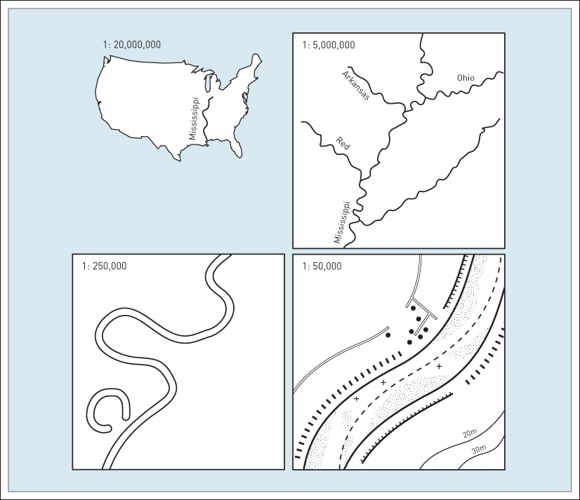
Time Scale
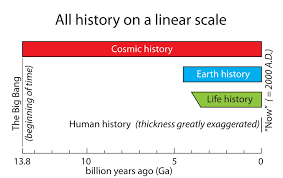
Comparison of Different Time Scales
Analysis Scale
Different phenomena operate on different temporal and spatial scales.
- No need to model tornadoes in a global climate model.
- Impractical to map turbulence globally.
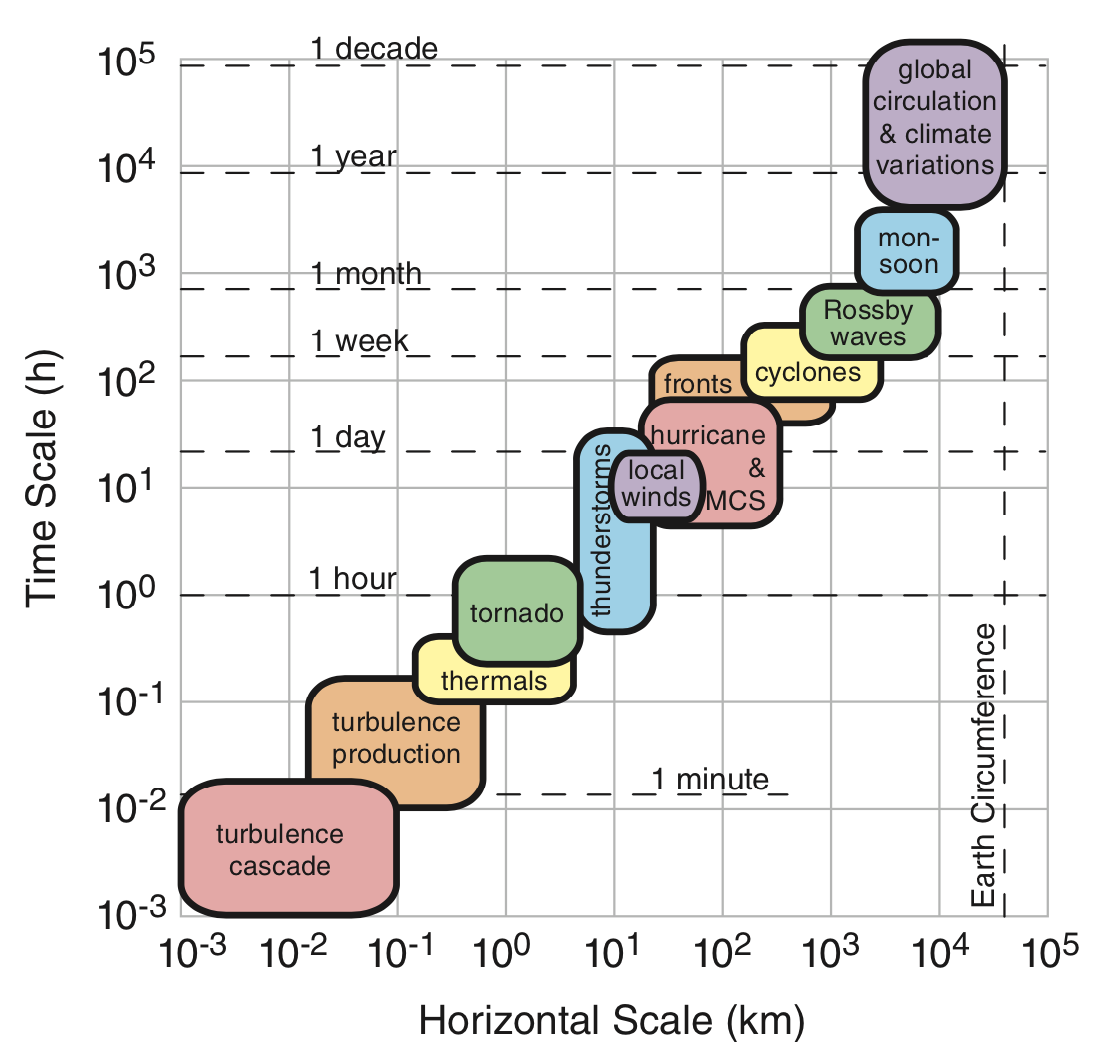
Analysis Scale
Different phenomena operate on different temporal and spatial scales.
- Identify the scale relevant to your analysis.
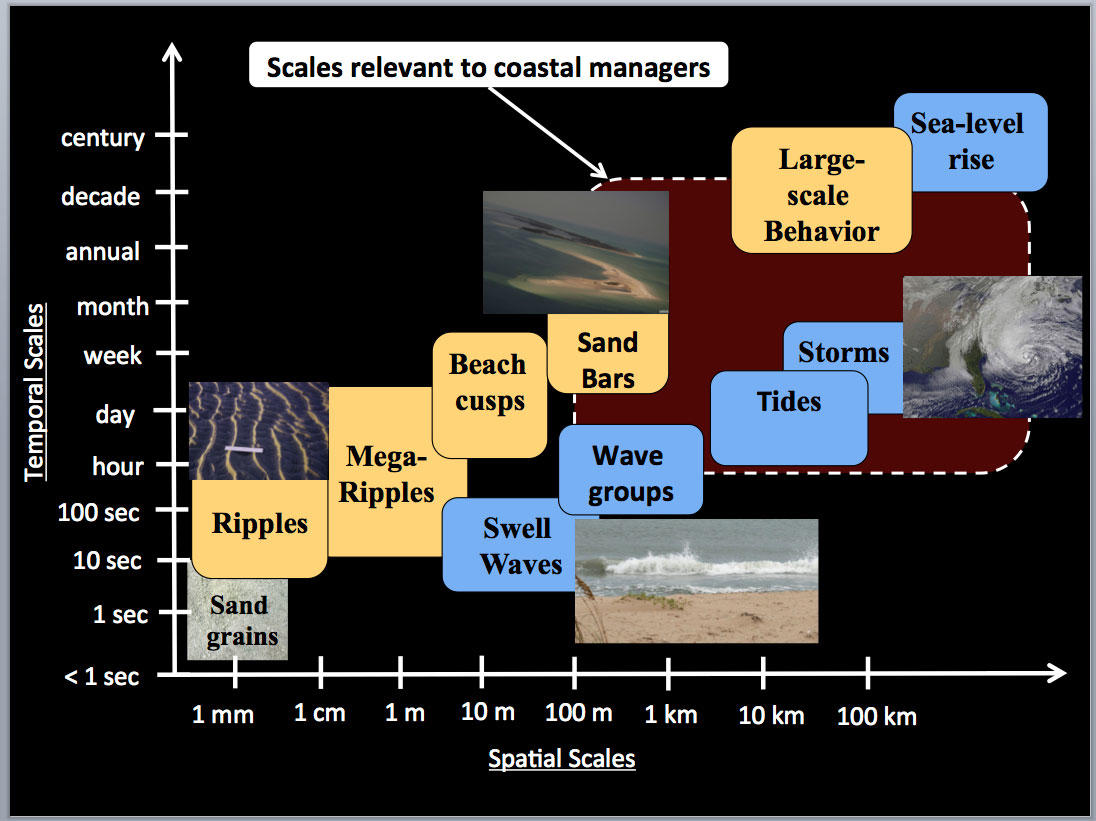
Spatial Autocorrelation
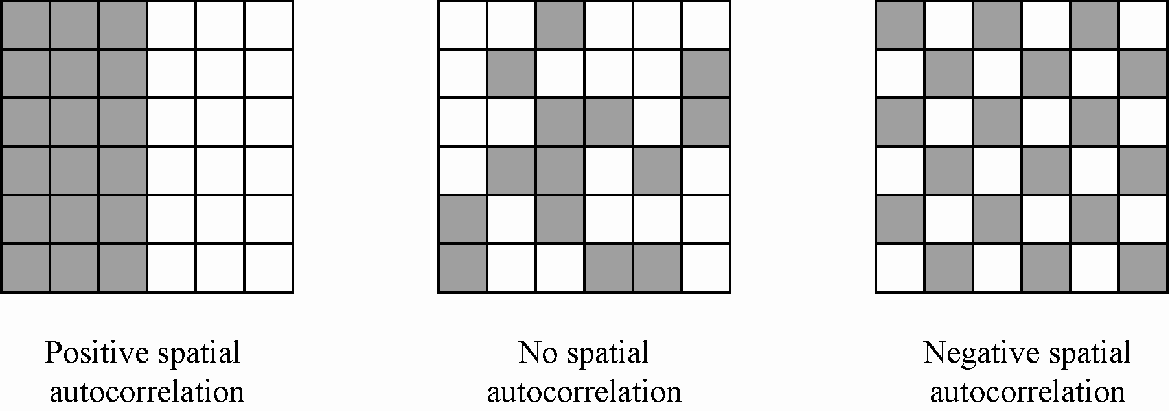
Measure of similarity across space.
Spatial Data Models

We can exploit spatial autocorrelation to simplify our representation of spatial data.
Map the Forest not the Trees
We don't need the location of every tree to map a forest.
- Use average presence of trees over a larger area.
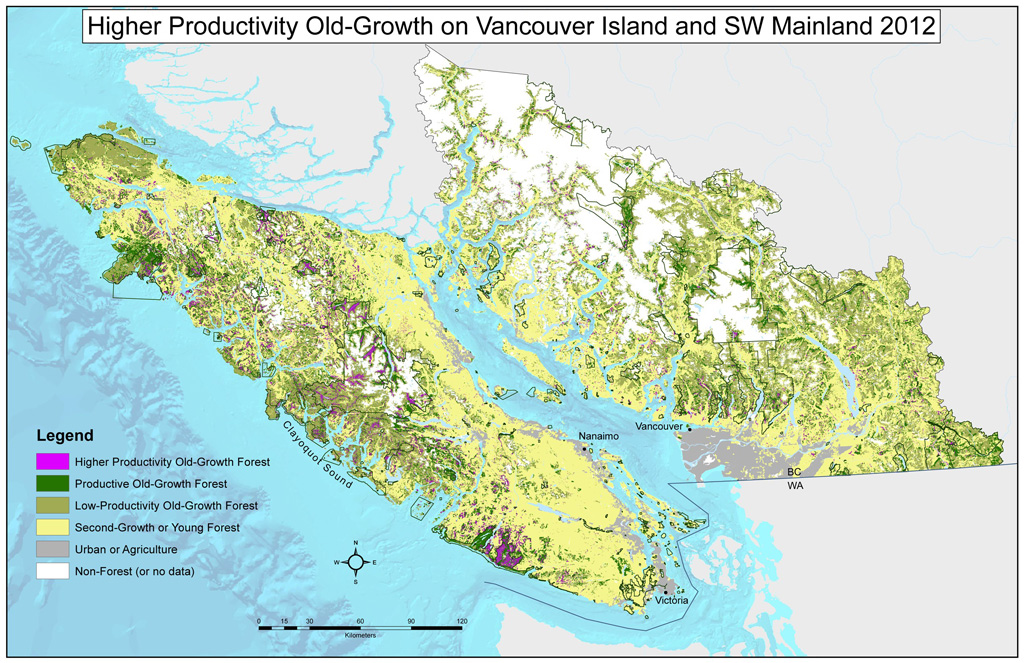
Similarity across space
Natural systems usually exhibit degrees of spatial heterogeneity and autocorrelation.
- What is heterogeneous at one scale may be homogeneous at another.
Spatial Resolution
Relates to the level of spatial detail in a dataset.
What is the smallest feature that is included in a dataset?
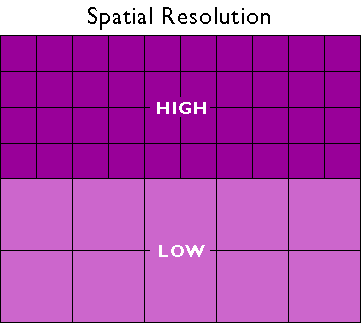
Temporal Resolution
Relates to the level of temporal detail in a dataset.
Over what time period is the data valid?
Are there multiple observations?
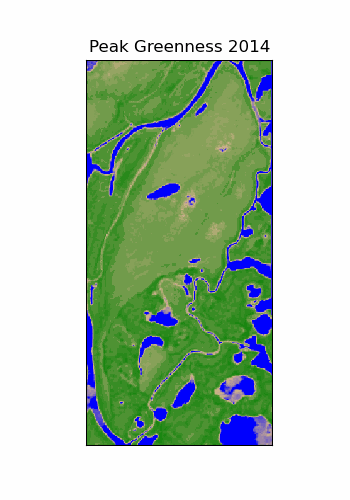
Resolution vs. Scale
The scale of our analysis dictates our desired resolution.
Data resolution can limit the scale of our analysis.
Scale Dependence
Scale Dependence
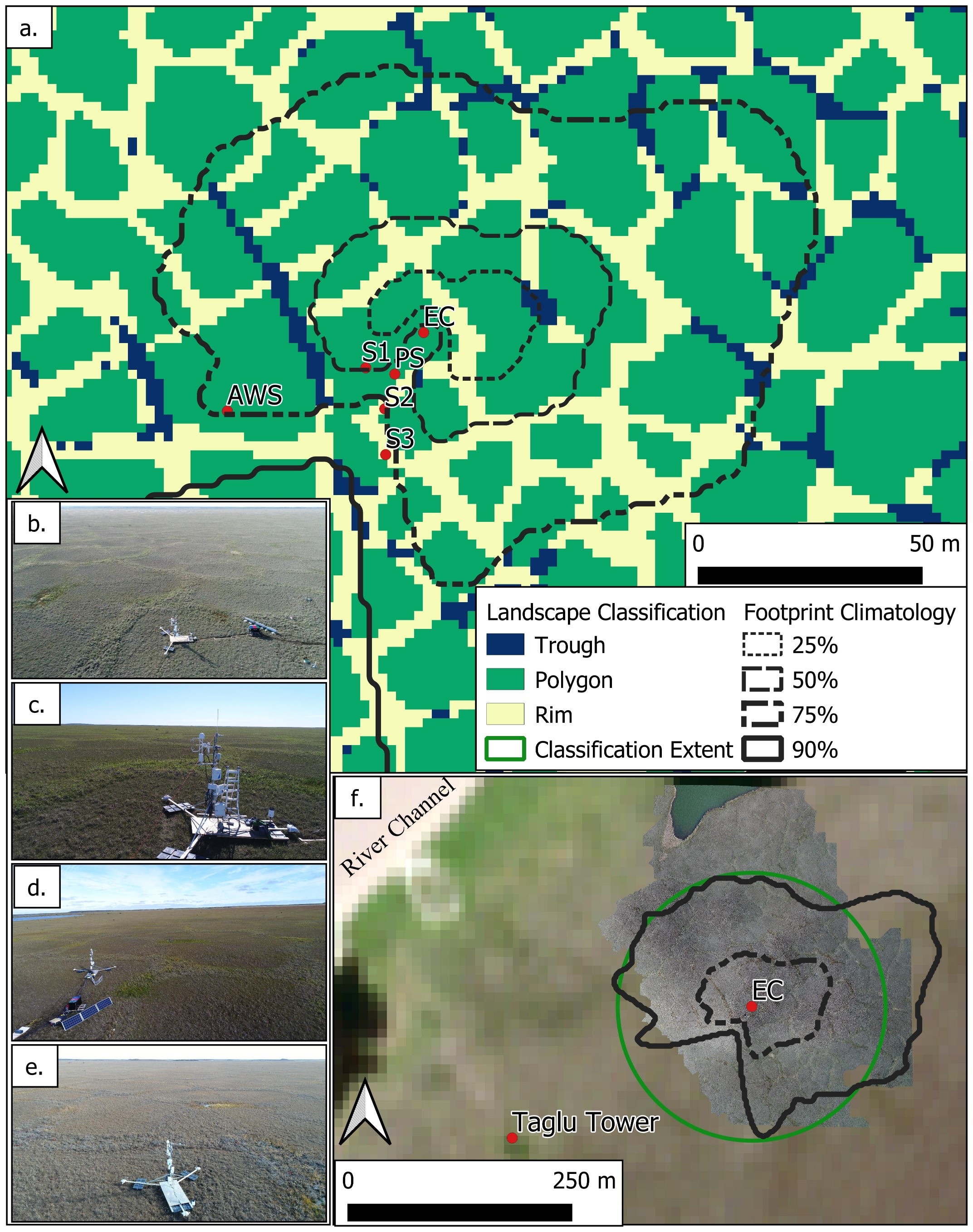
Acknowledge the heterogeneity where appropriate.
- Large scale maps might need more attention to detail.
- Higher resolution data.
Scale Dependence
Count on spatial autocorrelation
and call a unit homogeneous where appropriate.
- Smaller scale maps can be more generalized.
- Lower resolution data.
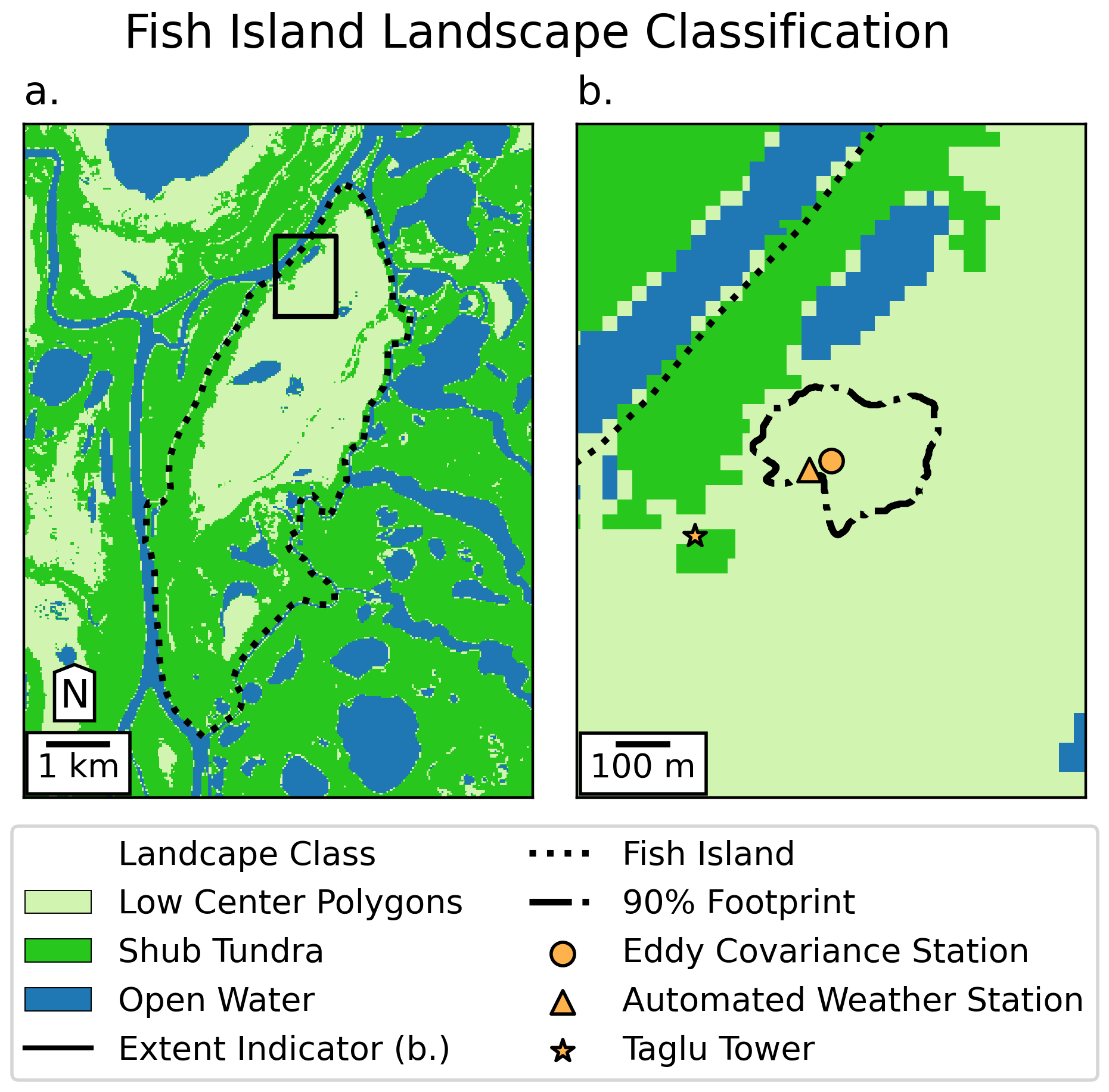
Scale Dependence
At even smaller scales, more and more generalization is required.
- Some features become indistinguishable.
- Even lower resolution data is sufficent.
